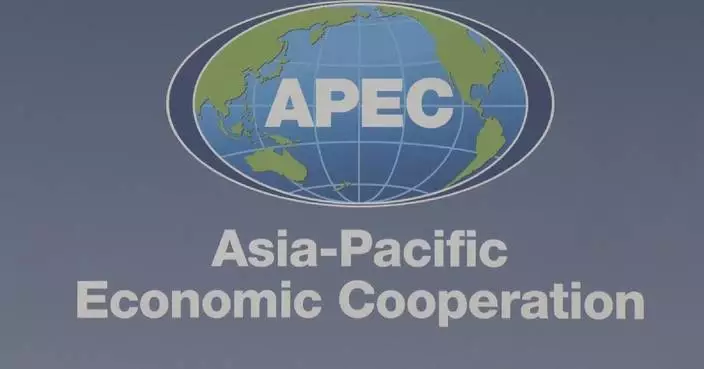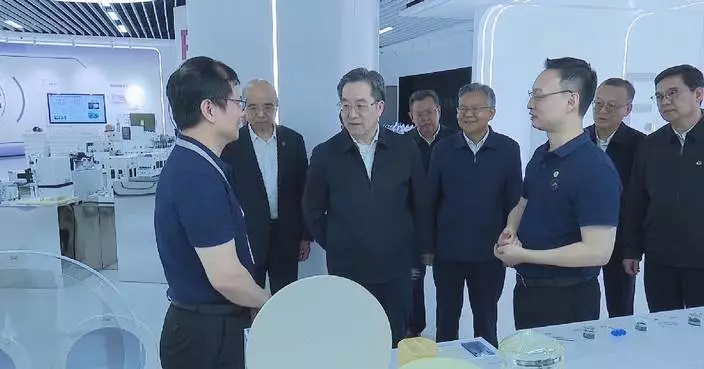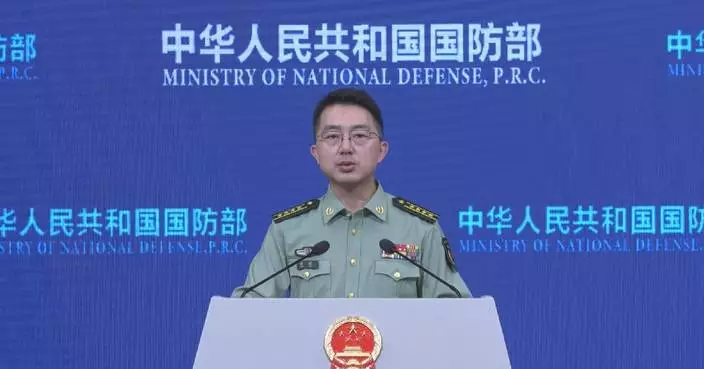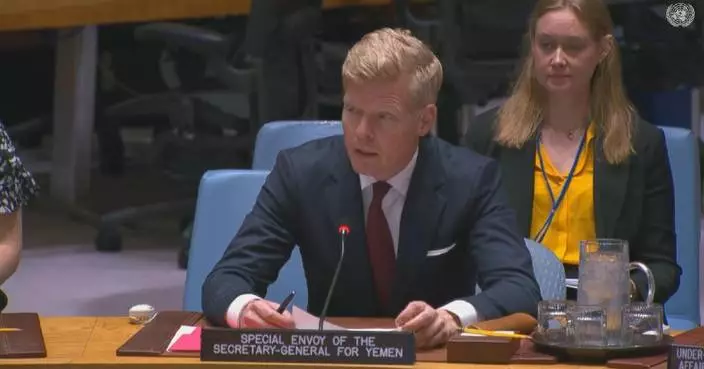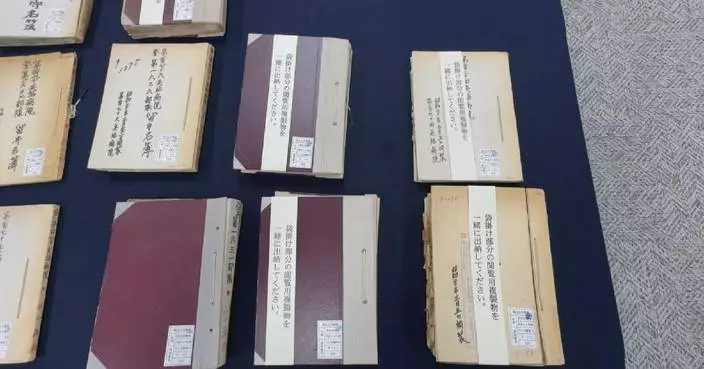Integration of China's capital Beijing and its neighboring Tianjin Municipality and Hebei Province has been significantly advanced since the coordinated development of the three regions was elevated to a national strategy 11 years ago.
The Beijing-Tianjin-Hebei strategy was officially proposed in early 2014 as the country seeks to foster regional growth engines with coordinated regional development.
In the past years, Beijing has played a pivotal role in supporting the key infrastructure construction in the Xiong'an New Area in Hebei Province, with the establishment of a kindergarten, a primary school, a secondary school, and a comprehensive hospital. These institutions are now operating smoothly, contributing to the area's growing vitality.
Beijing has also built the Zhongguancun Science and Technology Park in Xiong'an, which has successfully attracted over 130 companies.
Known as China's Silicon Valley, Zhongguancun is one of the country's first science parks and national innovation demonstration centers, originally established in 1988 in Beijing.
The Xiong'an center of the Beijing-Tianjin-Hebei (BTH) National Technology Innovation Center has been launched and is now operational, driving the development of the region's high-tech industry.
"Based on the coordinated spatial planning of modernized capital metropolitan area, the three provincial regions strengthen Beijing's leading role as the core, vigorously push the growth of Beijing's sub-center Tongzhou District and Hebei's Xiong'an New Area as two wings, and focus on the construction of key industrial chains and clusters, so as to constantly drive the BTH coordinated development to new heights," said Zhou Hao, deputy director of the joint work office for the BTH coordinated development.
The coordinated development of the three regions has led to substantial improvements in healthcare. The newly opened Anzhen Hospital Tongzhou Branch has not only eased the medical care access for residents in Tongzhou but also benefited surrounding areas, including Langfang City in Hebei.
Leading hospitals in Beijing, such as the Xuanwu Hospital and the Beijing Hospital of Traditional Chinese Medicine, have also extended their support to Xiong'an, improving its healthcare capabilities. The Xiong'an branch of Xuanwu Hospital alone has received over 230,000 patient visits.
"Over the past 11 years, the BTH region has established 115 medical alliances and set up the BTH Medical and Nursing Alliance, encompassing 542 institutions. Beijing's high-quality medical resources have progressively expanded to Tianjin and Hebei, effectively alleviating the pressure on medical services in downtown Beijing," said Wang Jianhui, deputy director of the Beijing Municipal Health Commission.
The three regions have also enhanced cooperation in public services. One example is the expansion of the "all-in-one card" service, which integrates social security, medical care, transportation, and tourism functions. This initiative has greatly made things more convenient for residents.
"The three regions have continued to expand the application scenarios of the 'all-in-one card' service for residents, making new breakthroughs in areas such as seamless transportation, community-based elderly care, medical treatment and medicine purchases, and mobile payment," said Gong Qiang, deputy director of the Tianjin Social Insurance Fund Management Center.

Beijing-Tianjin-Hebei region advances coordinated development







